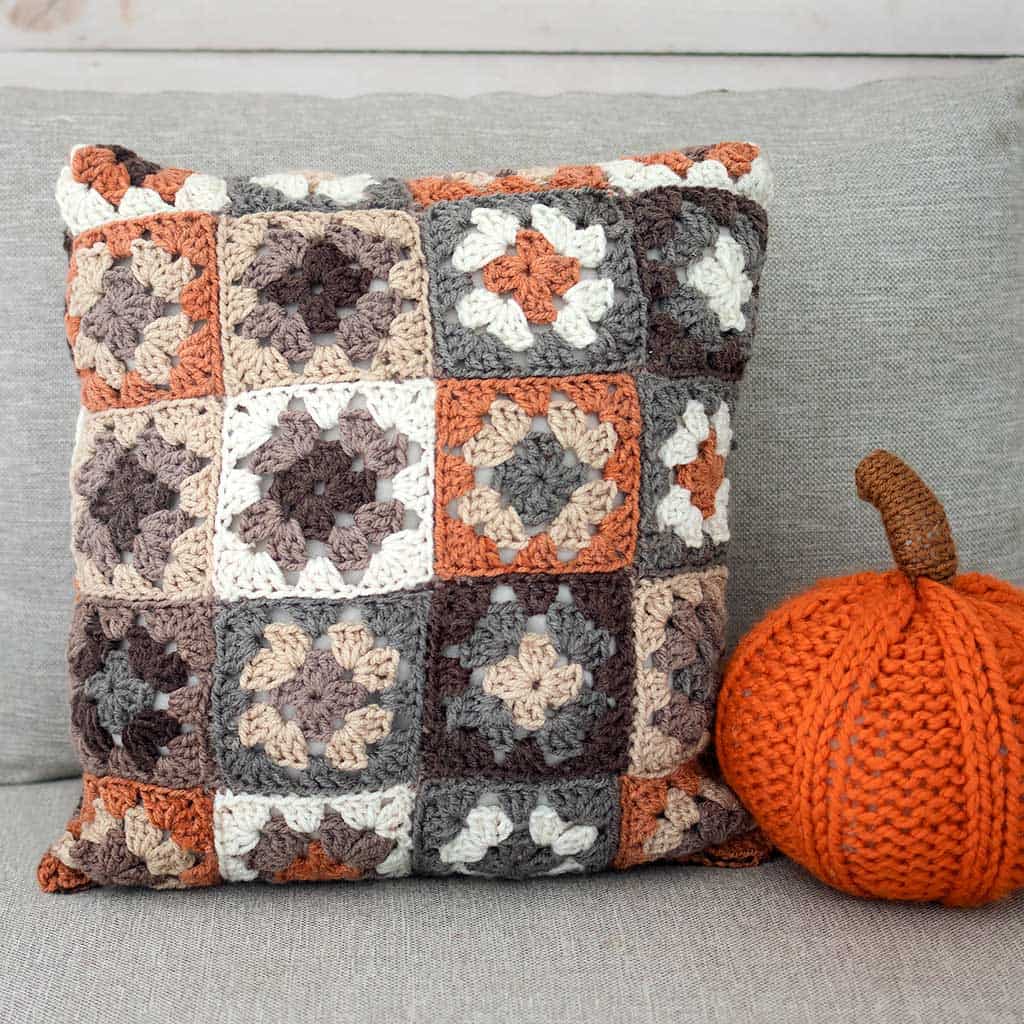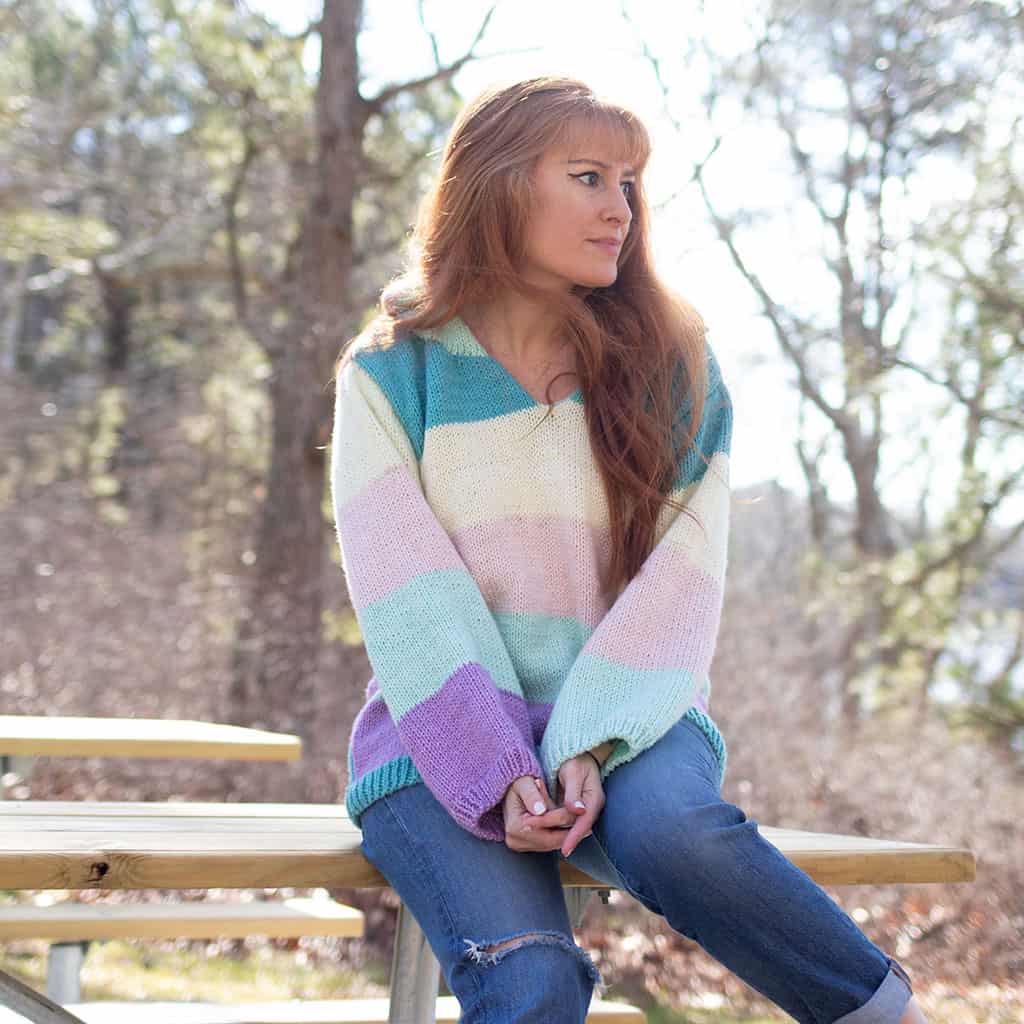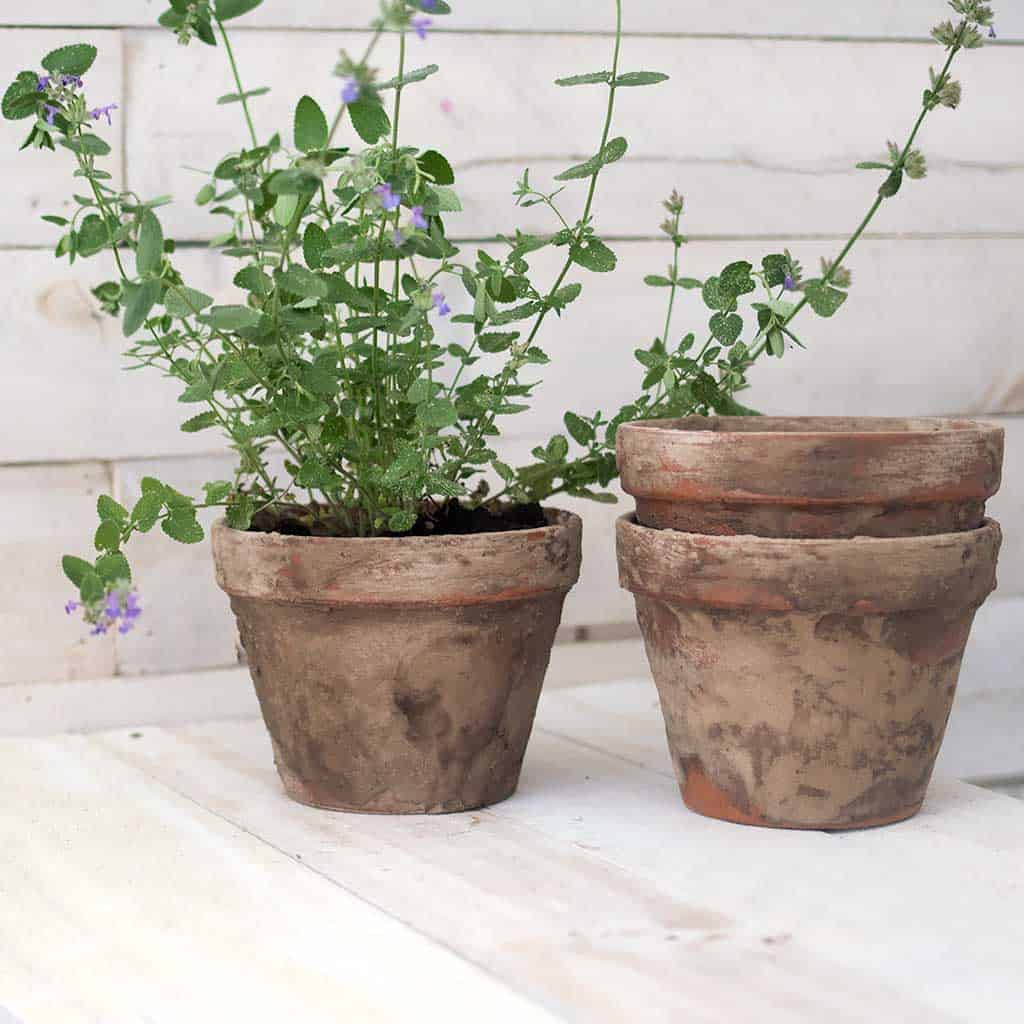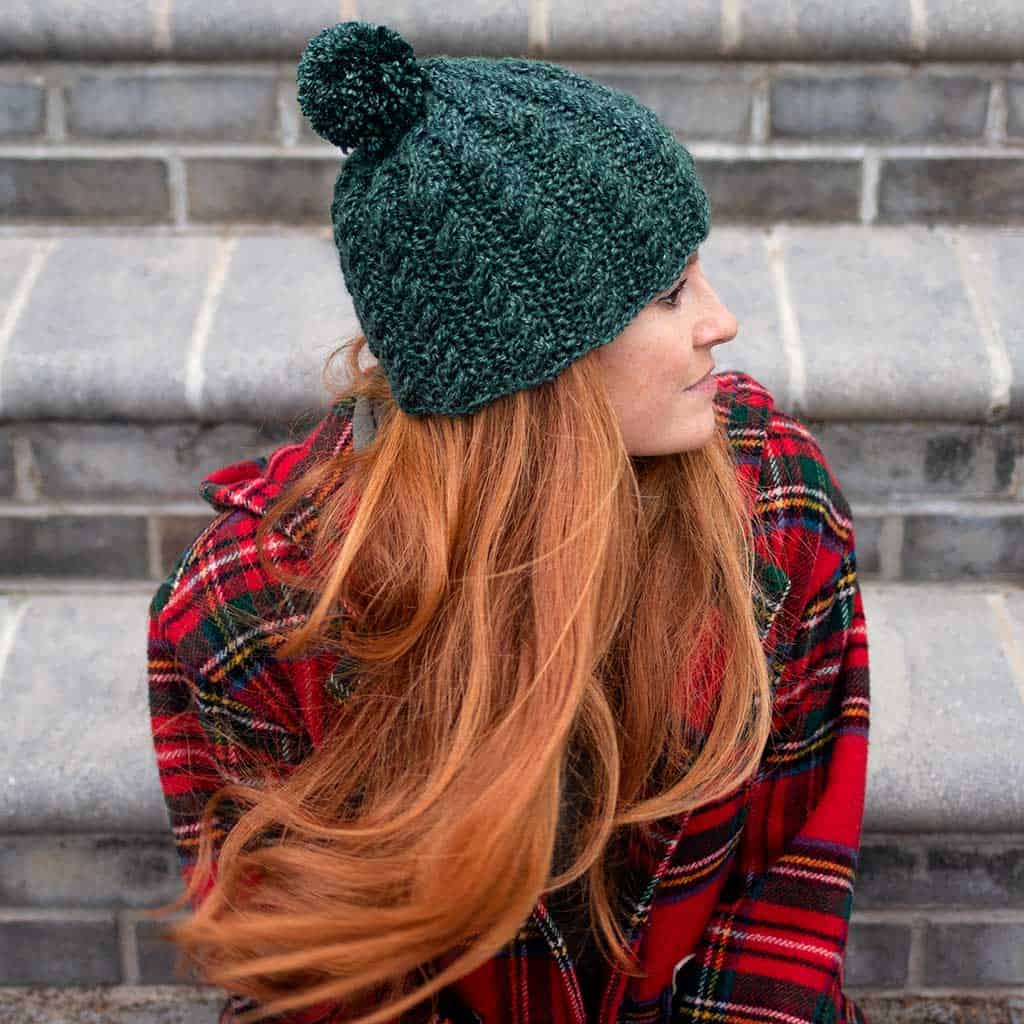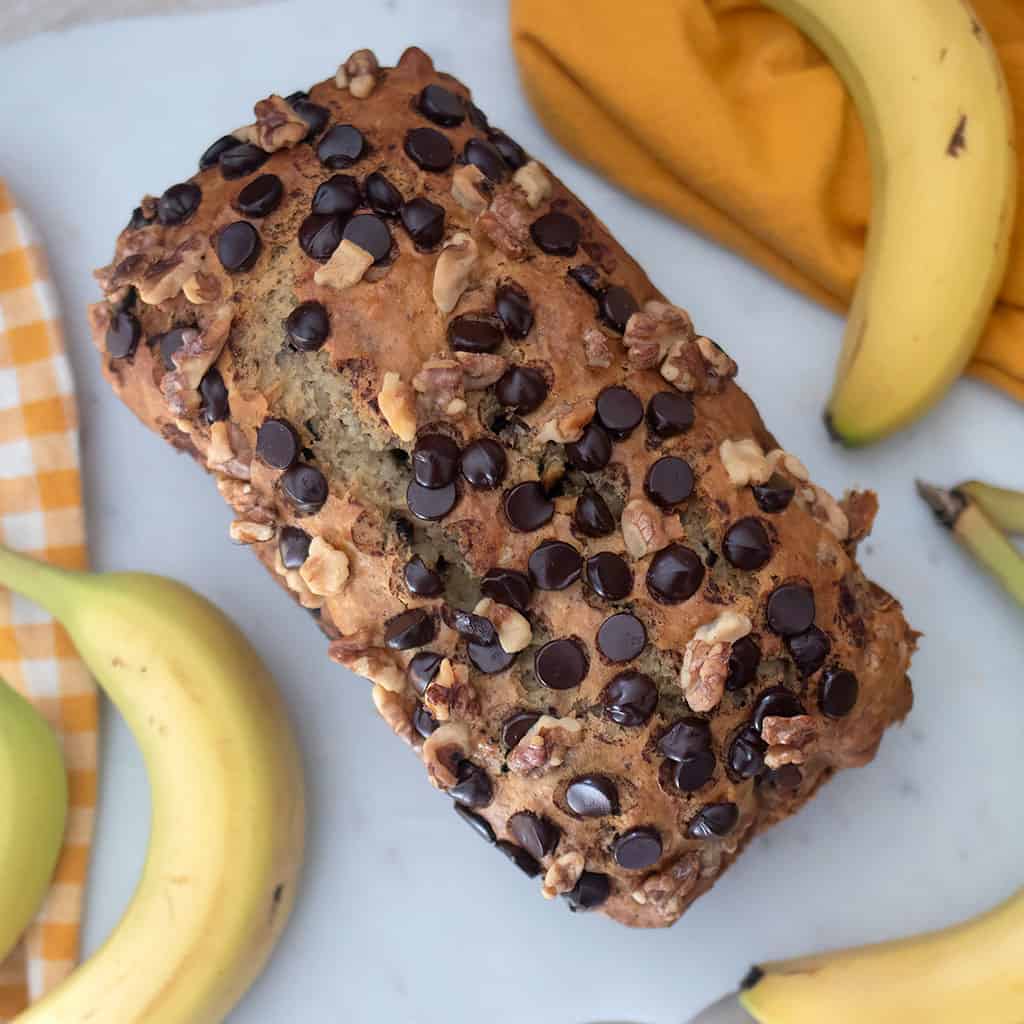10 Essential Tools Every Knitter Should Have
Equip yourself for knitting success: Discover the 10 Essential Tools Every Knitter Should Have.
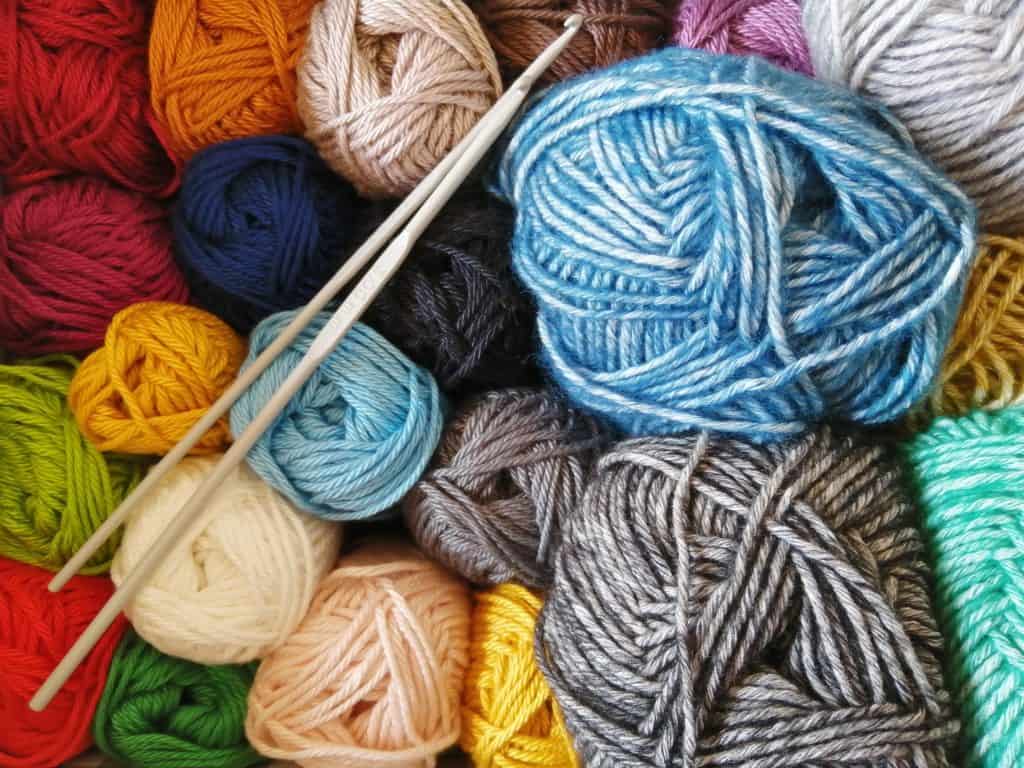
Knitting is a beautiful and creative craft that allows you to bring your imagination to life through yarn and needles. Whether you’re a beginner or an experienced knitter, having the right tools can make all the difference in the outcome of your projects. In this blog post, we’ll explore 10 essential tools that every knitter should have in their arsenal. From basic necessities to helpful accessories, these essential knitting tools will enhance your knitting experience and empower you to create stunning masterpieces.
KEEP IN TOUCH! FOR MORE INSPIRATIONS, TUTORIALS, AND FREE KNITTING PATTERNS, SIGN UP FOR MY WEEKLY NEWSLETTER:
10 Essential Tools Every Knitter Should Have
(As an Amazon associate, I earn from qualifying purchases)

- Knitting Needles: A good set of knitting needles is the foundation of any knitting project. Invest in a range of needle sizes, including both straight and circular needles. Straight needles are perfect for flat projects, while circular needles allow you to knit in the round, making them versatile for various projects
Bamboo vs Metal Knitting Needles
When it comes to knitting needles, one of the common choices that knitters face is whether to use bamboo or metal needles. Both options have their own unique characteristics and advantages. Let’s explore the key features of each type:
Bamboo Knitting Needles:
- Material: Bamboo needles are made from natural bamboo, which is a lightweight and renewable resource. The bamboo’s natural properties make these needles smooth and warm to the touch.
- Grip and Comfort: Many knitters find bamboo needles comfortable to hold due to their lightweight nature. The slightly grippy surface of bamboo helps prevent stitches from sliding off the needles too easily, especially when using slippery yarns like silk or cotton.
- Quieter Knitting: Bamboo needles produce less noise when knitting compared to metal needles, making them a good choice for those who prefer a quieter knitting experience.
- Ideal for Beginners: Bamboo needles are often recommended for beginners as they provide more control over stitches. The slightly grippy surface helps prevent accidental dropped stitches and allows for better stitch manipulation.
Metal Knitting Needles:
- Material: Metal needles are typically made from aluminum, stainless steel, or other alloys. They have a smooth and slick surface, which allows stitches to glide effortlessly along the needles.
- Durability: Metal needles are generally more durable and long-lasting compared to bamboo needles. They are less prone to breaking or splintering, making them suitable for heavy use and larger projects.
- Speed: Due to their smooth surface, metal needles offer fast and fluid knitting. Stitches slide easily along the needles, making them well-suited for intricate and complex patterns that require quick needle maneuvering.
- Suitable for Yarns with Halo or Fuzz: Metal needles work well with yarns that have a halo effect or a lot of fuzz, as the smooth surface minimizes the chances of yarn fibers getting caught or tangled.
Ultimately, the choice between bamboo and metal knitting needles depends on personal preference and the specific project at hand. Some knitters may prefer the grip and warmth of bamboo needles, while others may prefer the speed and slickness of metal needles. It’s worth noting that many knitters have a mix of both types in their collection, using each for different projects and yarn types.
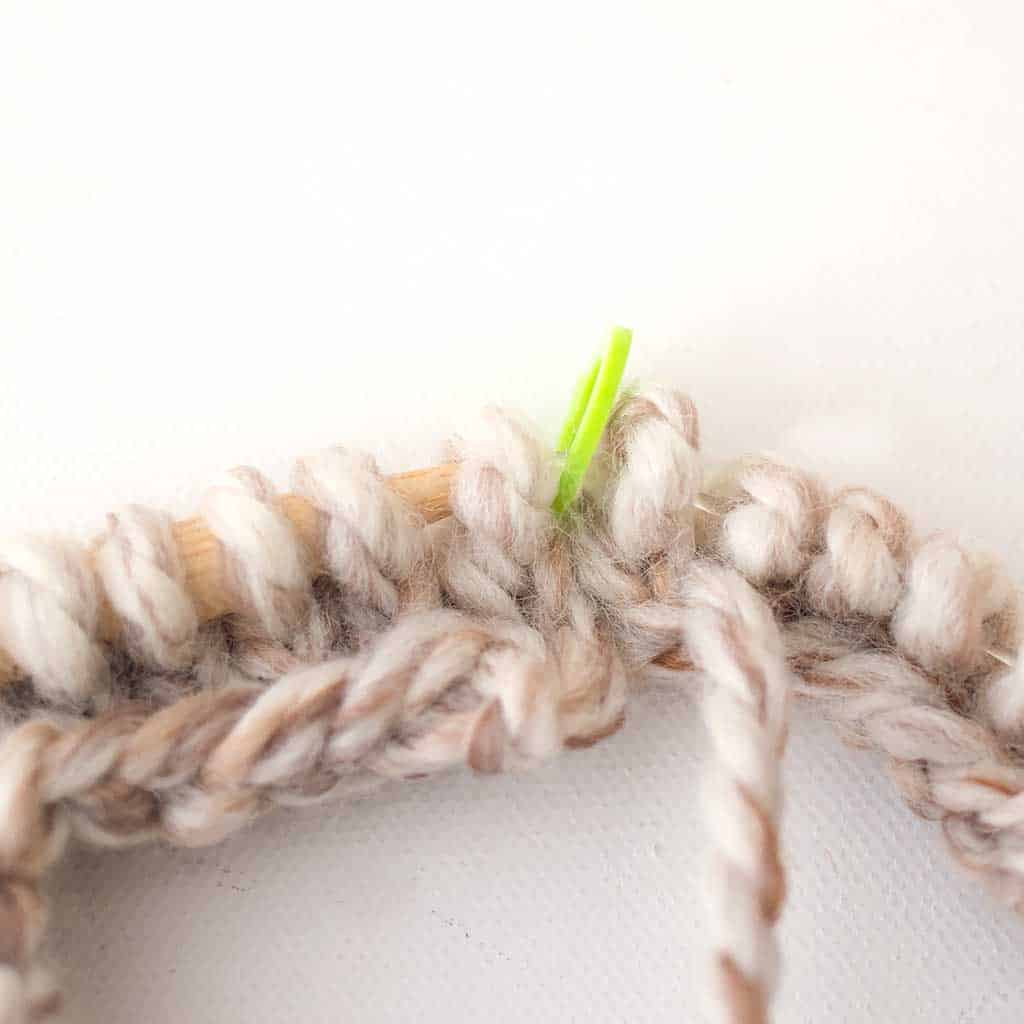
2. Stitch Markers: Stitch markers are essential tools for keeping track of stitch patterns, shaping, and increases or decreases. They come in various forms, such as removable or fixed, and can be simple rings, decorative charms, or colorful clips. Stitch markers make your knitting more organized and efficient, preventing mistakes and simplifying complex patterns.
3. Scissors: A pair of sharp, small scissors is indispensable for any knitter. They come in handy for cutting yarn, snipping off loose ends, or even fixing mistakes. Keep a dedicated pair of scissors in your knitting bag to ensure they’re always within reach.

4. Tapestry Needles: Also known as yarn needles or darning needles, tapestry needles have a large eye and are used for seaming, weaving in loose ends, and adding finishing touches to your projects. Choose a set with different sizes to accommodate various yarn weights and project sizes.
5. Measuring Tape: Accurate measurements are crucial in knitting, especially when sizing garments or ensuring consistent stitch and row counts. A flexible measuring tape is a must-have tool that allows you to measure your gauge, take body measurements, and determine the length of your finished piece.
6. Row Counter: A row counter is a handy tool for keeping track of your progress and pattern repeats. It eliminates the need to rely solely on memory or manually tallying rows. Whether in digital or mechanical form, a row counter helps you stay organized and ensures that your knitting stays on track.
7. Needle Gauge: Needle gauges are useful tools for determining the size of your knitting needles. They feature holes of various sizes to match your needles, allowing you to quickly identify the correct size and avoid guesswork. Needle gauges often include additional measurements and conversion charts for added convenience.
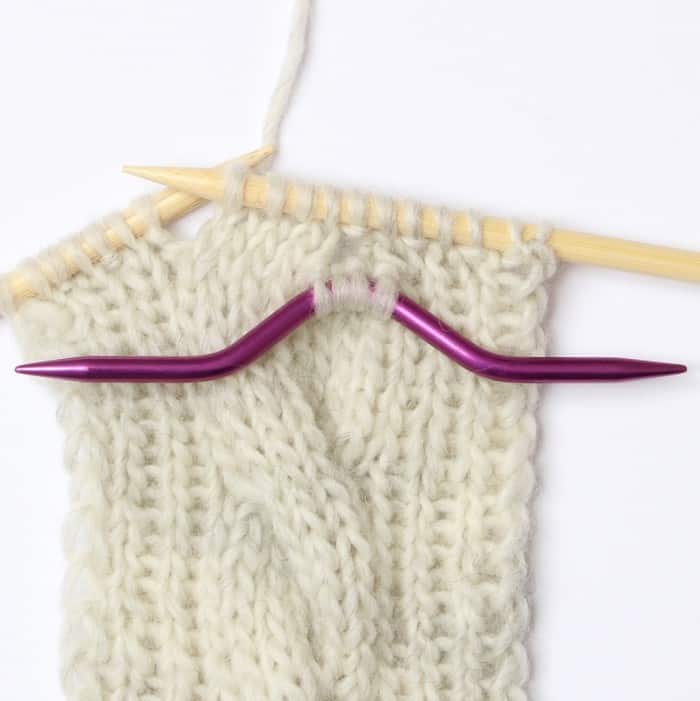
8. Stitch Holders: When working on complex projects or shaping garments, stitch holders are invaluable. They securely hold stitches in place, preventing them from unraveling while you work on other sections. Stitch holders come in different shapes, including straight, circular, or safety-pin style, to accommodate various stitch counts and types. Stitch holders also include cable needles which allows you to hold stitch in the front or the back of the work to create cables when knitting.
9. Blocking Tools: Blocking is the process of shaping and setting your finished knitted items to their intended dimensions. Invest in blocking tools like blocking mats, T-pins, and blocking wires. These tools help you stretch and shape your garments evenly, ensuring a professional and polished finished product.
10. Knitting Bag or Organizer: A dedicated knitting bag or organizer is the perfect way to keep all your knitting tools and projects together. Look for one with multiple compartments and pockets to store your needles, yarn, and accessories neatly. A well-organized knitting bag ensures that you can grab everything you need on the go and keeps your supplies protected.
Equipping yourself with the right tools is essential to enhance your knitting experience and make your projects a joy to work on. The 10 essential tools mentioned above will set you on the right path to becoming a successful and well-prepared knitter. Remember, as you gain experience, your tool collection can expand, allowing you to explore new techniques and tackle more complex projects. So, gather your supplies, unleash your creativity, and enjoy the wonderful world of knitting!
Looking for more knitting tutorials like 10 Essential Tools Every Knitter Should Have?
How to Knit the Lattice Seed Stitch
How to Add Beads to Any Knitting Project
How to Knit the 3 Color Honeycomb Stitch
I love seeing your finished projects! If you enjoyed this post, 10 Essential Tools Every Knitter Should Have or any of my other knitting tutorials, I’d love to see yours on Instagram, just tag me @ginamicheleblog. Happy knitting!

